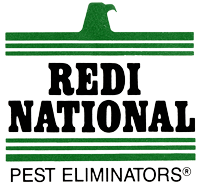What should you look for in a wasp control service quote?
When tackling a wasp infestation, the urgency for effective control measures is paramount. Wasps can pose significant dangers not only due to their painful stings but also because of their aggressive behavior, particularly when their nests are disturbed. Consequently, seeking professional wasp control services becomes an essential step for homeowners and businesses. However, selecting the…
